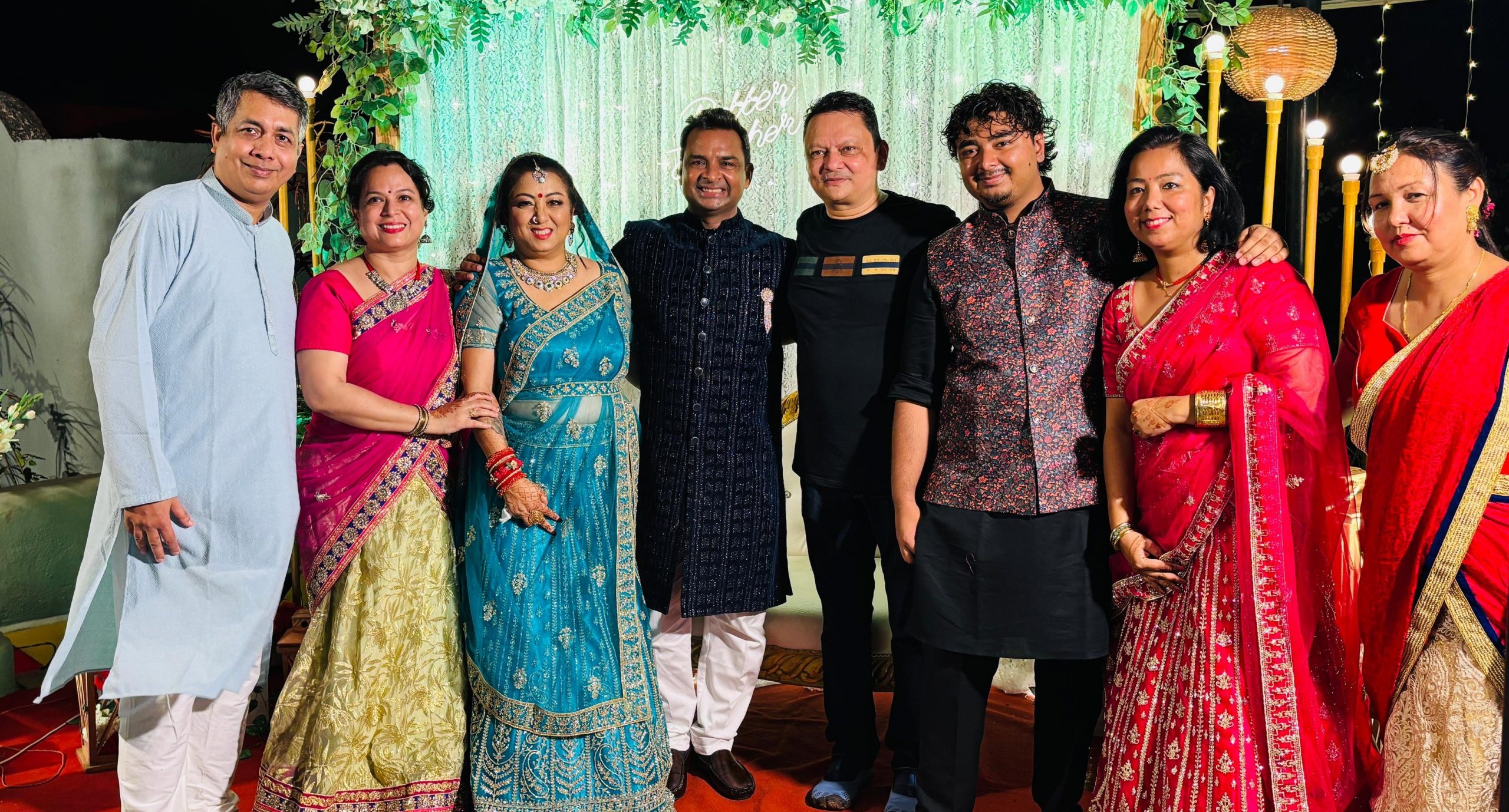As one expat woman celebrated her 25th anniversary and relived the sacred ceremonies of her traditional Indian wedding, each ritual deepened the significance of her special day and connected her to a rich and timeless cultural heritage.
By Poonam Singh, as told to Chad Merchant
Weddings are – as every bride-to-be knows – a whirlwind of emotions, family, and celebration, but in the middle of all the excitement, certain things are bound to stand out; for me, it was the traditions that felt deeply personal, connecting me to my family and culture in ways I never fully appreciated until now. As my husband and I recently commemorated and celebrated our 25th wedding anniversary with a renewal of our vows, I looked back fondly on that special day, and relived it with a full-blown Indian wedding that reaffirmed the bond my husband and I share.
In the days and weeks before the wedding, and as I prepared for my big day, I found myself reflecting on some of the most beautiful and meaningful rituals that I would not only partake in again, but be part of, each one adding its own special touch to the journey. If you’ve ever seen an Indian wedding, full of colour and laughter, and wondered what it was all about, hopefully looking back on my own wedding story can provide some insights.
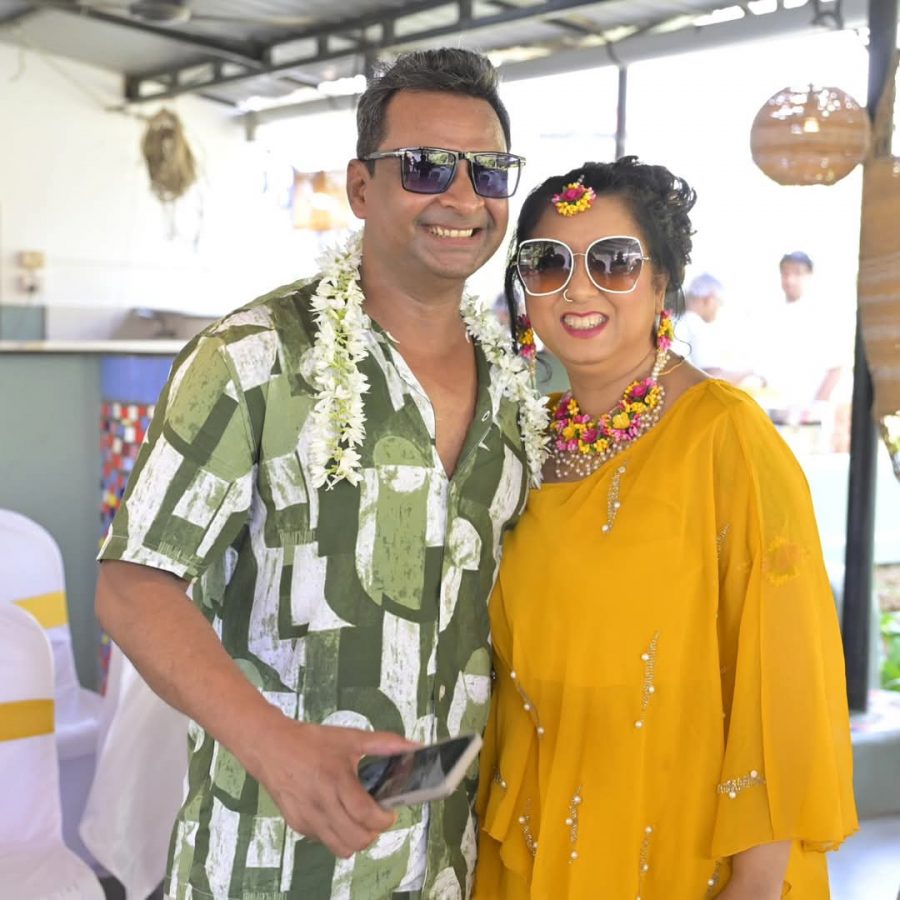
THE PHOOLON KI CHADAR AND THE JAMAILA
One of the most emotional moments for any North Indian bride is walking to the mandap under the phoolon ki chadar, a delicate canopy of flowers held by her brothers or close male family members. It’s a beautiful scene, to be sure, but it’s much more than just a picturesque entrance. It’s a symbol of love, protection, and the special bond between a daughter and her family. Moreover, the act of being escorted under the chadar signifies a woman’s transition from a daughter to a wife, marking a new phase in her own journey.
For me, this moment carried so much weight. As I stepped forward toward a new chapter of my life, I knew I wouldn’t be doing any of it alone. My brothers were right there, holding up the chadar, silently reassuring me that their love and support would always be with me, no matter where life takes each of us.
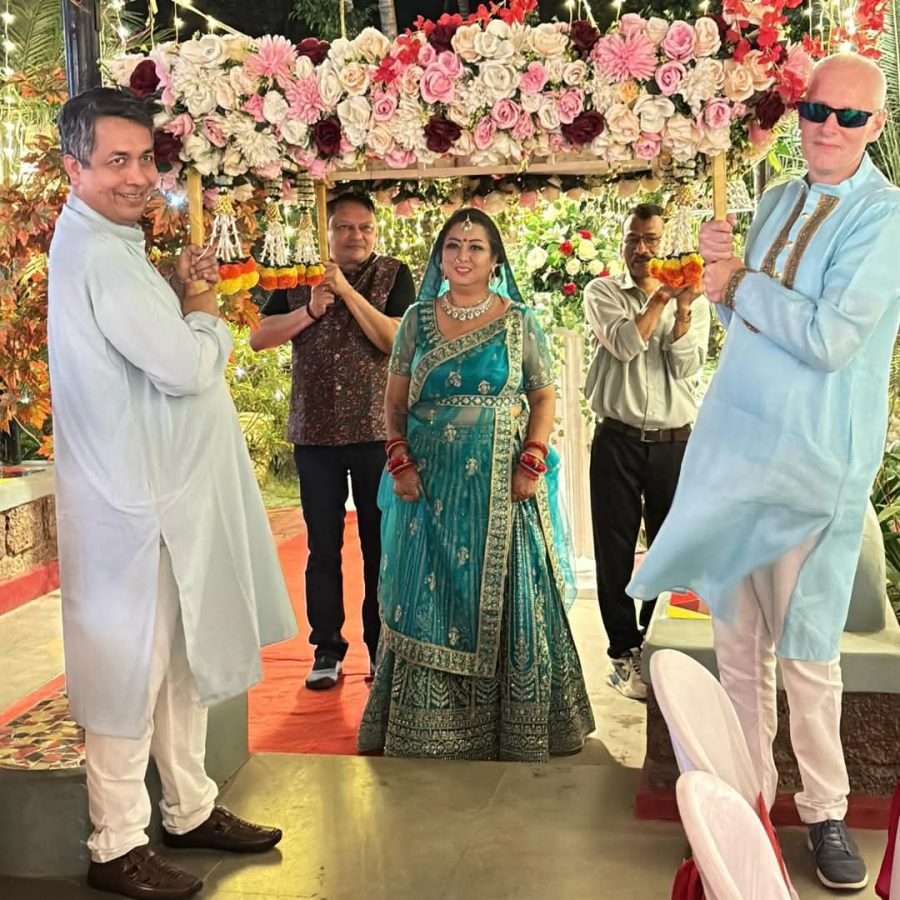
The jaimala (or varmala) ceremony is another tradition that, at first glance, might seem like just an exchange of floral garlands, but it’s actually another meaningful moment in the day. This ritual is usually performed before or at the start of the main wedding ceremony, marking the couple’s readiness to unite in marriage.
When my partner and I placed the garlands around each other’s necks, it was a symbolic way of saying, “I choose you.” It’s meant as a gesture of mutual respect and acceptance, and it marked the start of our journey as equals. The flowers that make up the garlands are sacred in Hindu traditions, and are believed to bring prosperity and happiness to the couple.
There’s also a fun twist to this ritual in some weddings: sometimes the groom’s friends will lift him up to make it harder for the bride to place the garland, turning it into a light-hearted challenge. The wedding guests get involved and it quickly becomes a fun mini-event of its own. It’s little traditions like these that make Indian weddings so full of life and joy.
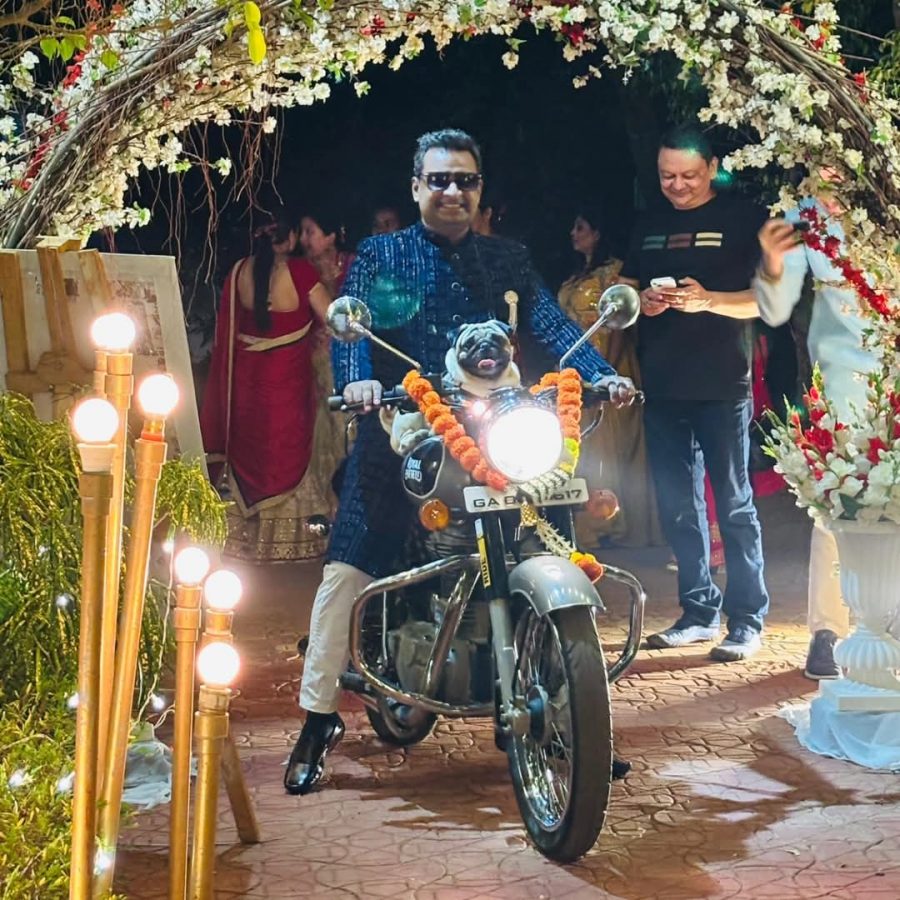
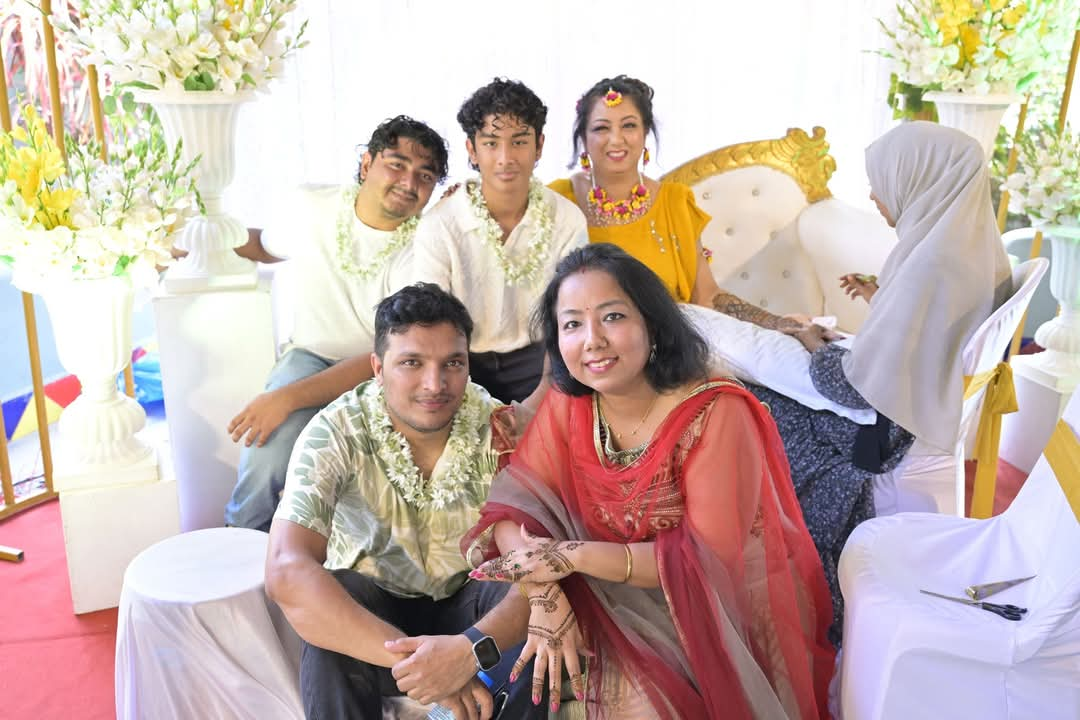
MEHENDI: MORE THAN JUST BEAUTIFUL DESIGNS
The Mehendi ceremony has always been one of my favourite pre-wedding traditions. It’s the moment where everything starts to feel real… the intricate henna patterns being applied to my hands and feet, the music, the laughter, the aunties reminding me (for the hundredth time) that the darker the stain, the more my husband will love me.
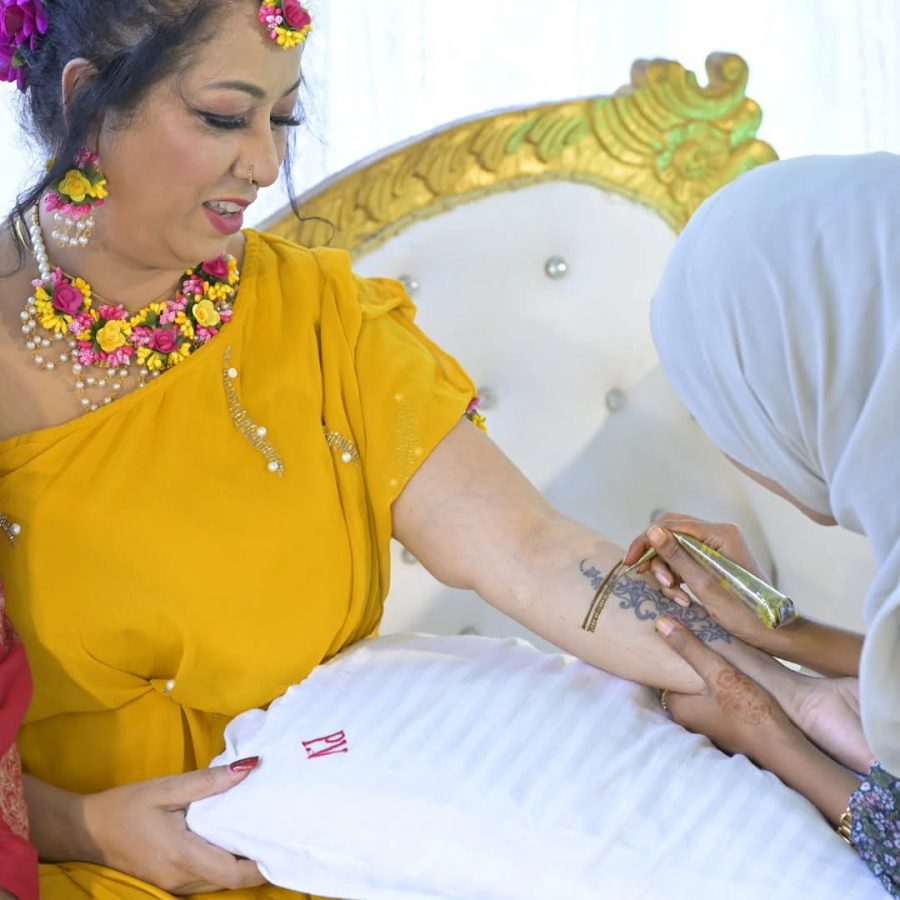
But there’s actually a lot of significance behind Mehendi beyond just the beauty of it. It’s believed to bring prosperity, happiness, and good fortune. Henna also has natural cooling properties, which is said to help calm the bride before the big day (something many brides definitely need, though of course I’d like to think I was quite okay!). Plus, often hidden in the designs are the groom’s initials, and it’s his job to find them later – just another playful little tradition that adds to the day’s fun.
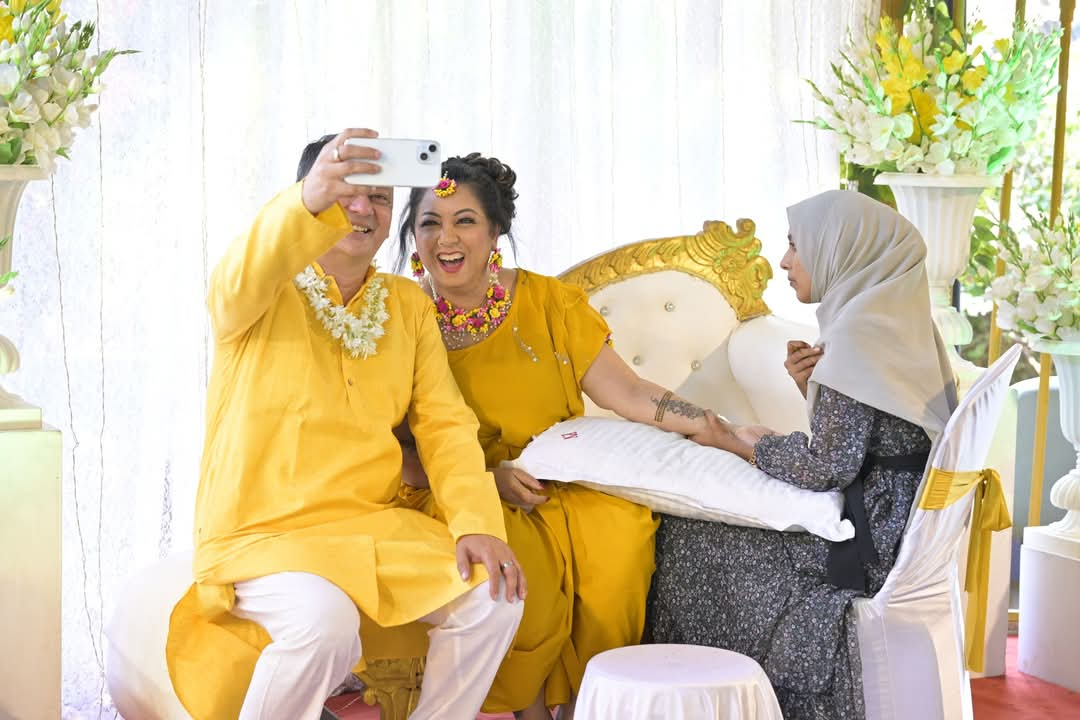
TRADITIONS BRIDGING GENERATIONS
I think that, at least for me, what makes these traditions so special isn’t just their history; it’s the way they continue to bring families together, generation after generation. It’s the same in many different cultures around the world, really. These rituals, the way we celebrate, the way we come together… they make each culture unique and special, and the way the traditions of any given culture are shared from generation to generation creates a distinct shared heritage.
I love that my own culture offers so much of that, and as my new husband and I celebrated our big day, and then reaffirmed it all a quarter-century later, I felt honoured and blessed to be one small part of the vast shared culture of my people. It added a wonderful depth to what was already a very meaningful day. It’s actually hard to put into words, but I believe many brides in many cultures have surely felt something similar to this.
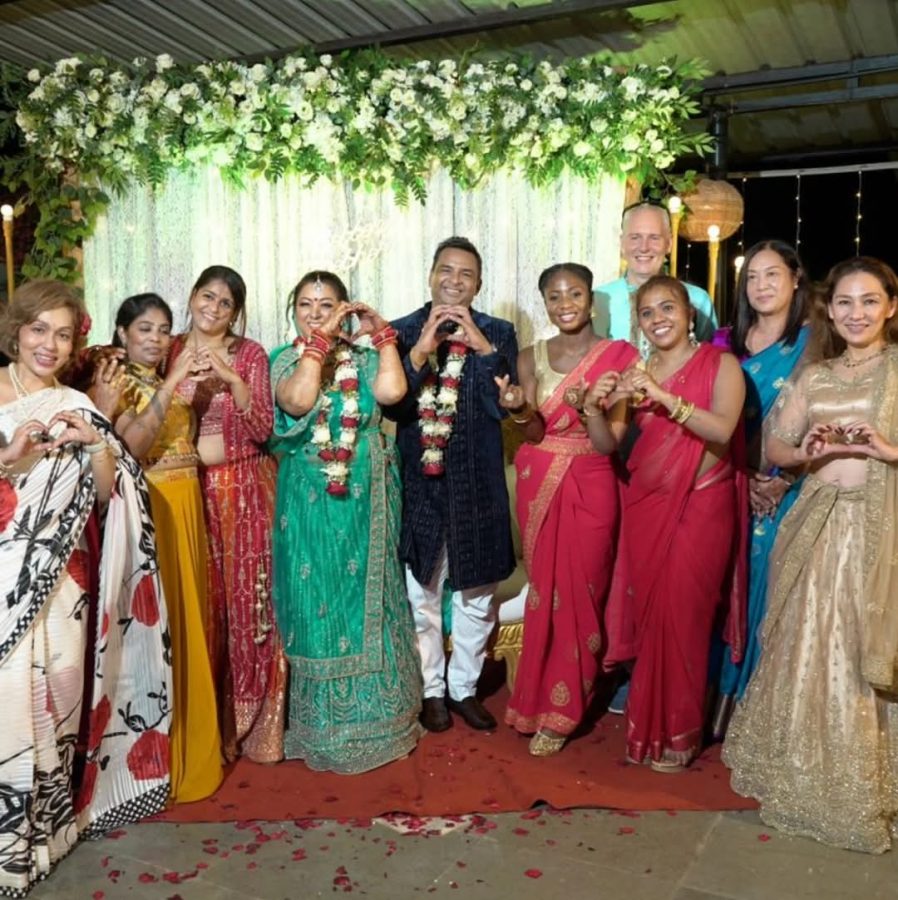
My own wedding was a magical day, one I’ll never forget, and one that was a delight to revisit. It was a mix of the old and the new, blending modern elements with timeless customs that have been cherished for centuries. And as I took part in each of these rituals, I felt very keenly that I wasn’t just carrying forward mere traditions, but continuing the journey of the countless Indian weddings that came before mine, marking a beginning of love, laughter, and, as I know very well now, 25 years on, a lifetime of memories.

"ExpatGo welcomes and encourages comments, input, and divergent opinions. However, we kindly request that you use suitable language in your comments, and refrain from any sort of personal attack, hate speech, or disparaging rhetoric. Comments not in line with this are subject to removal from the site. "


